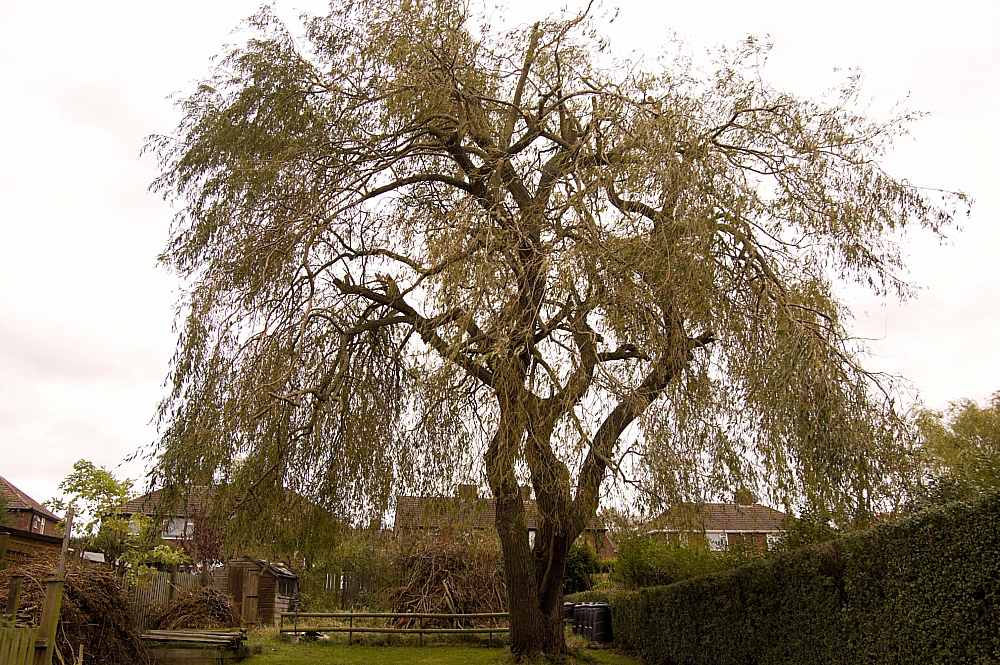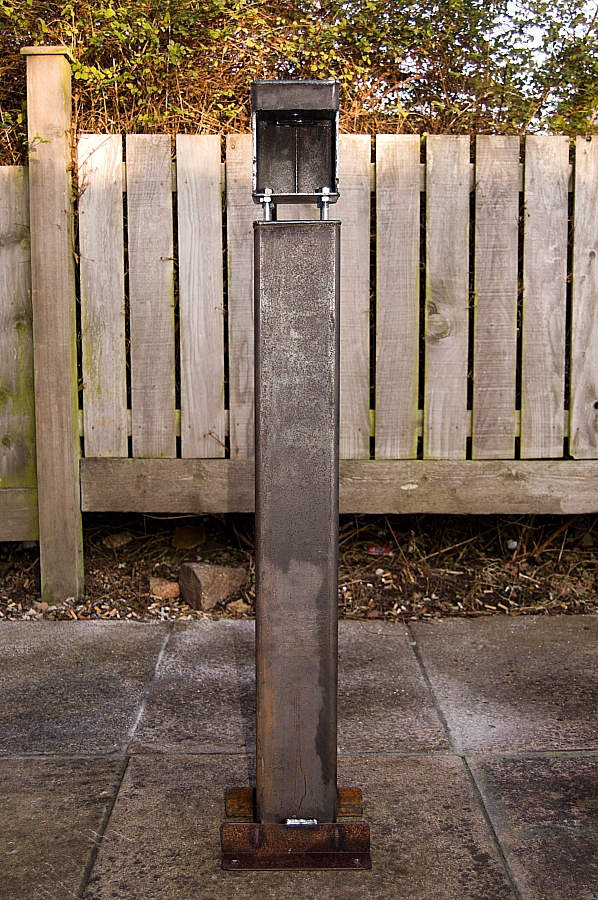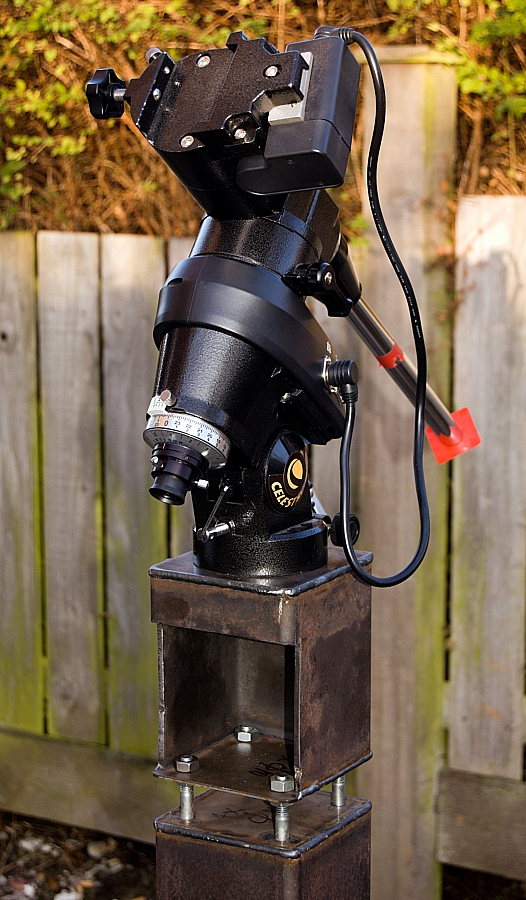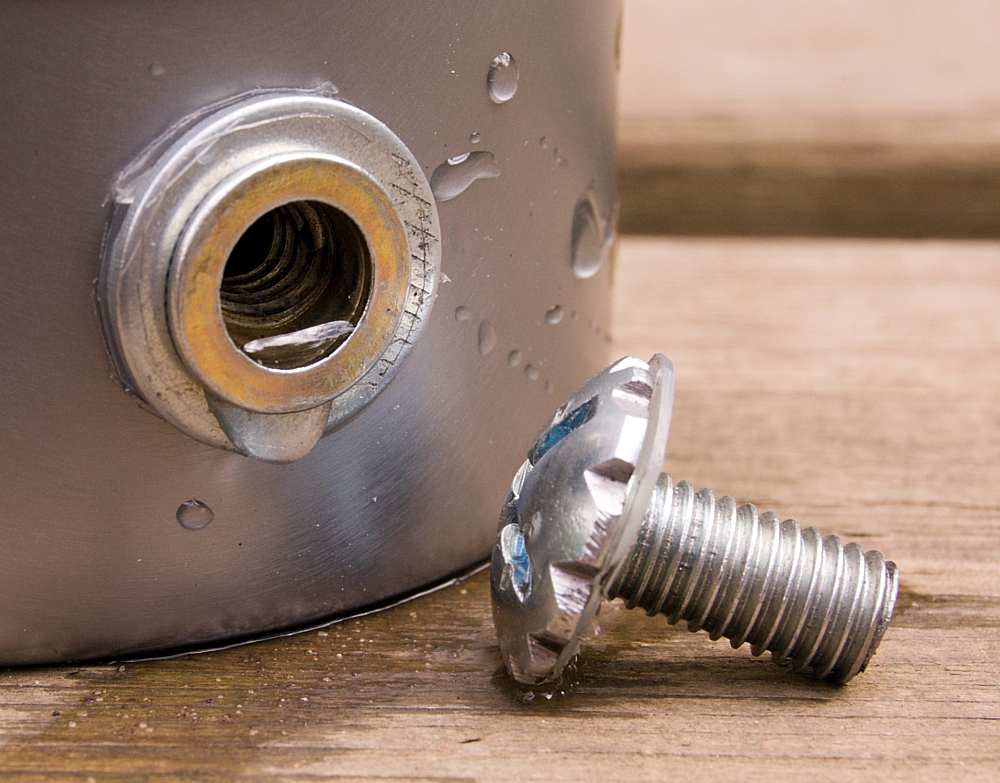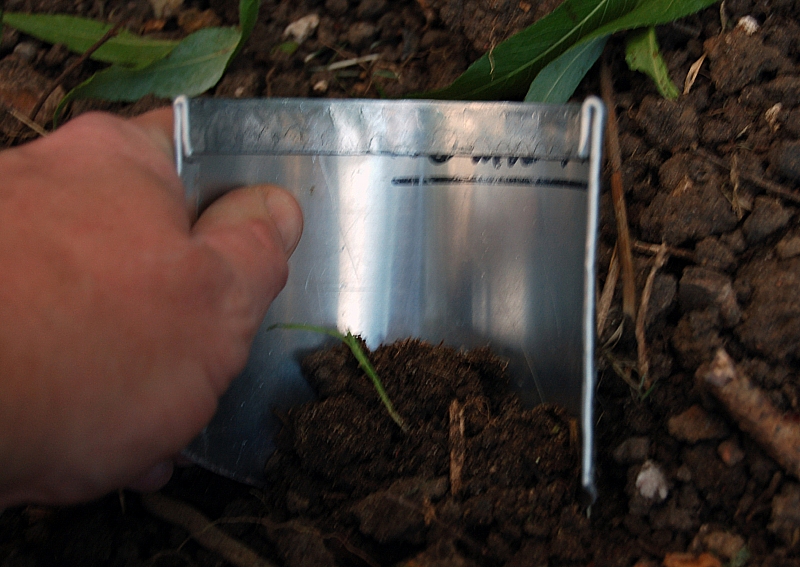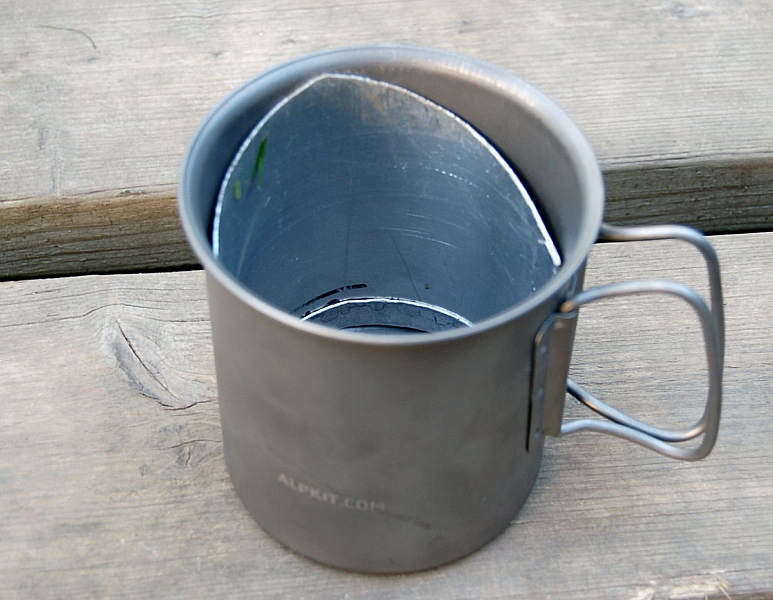Apologies for the lack of regular blogging - there just aren't enough hours in the day. There's been no time for hiking or star-gazing, but to be fair we did manage to take a few hours off for a walk around Bosworth Park last Monday (which reminds me that I still have to upload the pics from that).
After two weeks of school holidays, I've a backlog of stuff to shift...
- At least three trailer-trips to the local tip (sorry, recycling centre) for my waste, and another trip for my dad's stuff;
- Setting up eBay and PayPal seller-accounts for a friend;
- Fitting-out the old shed;
- Digging out a 1m cube of soil/subsoil to take the foundation for the telescope pier;
- Driving in several 2m steel rods to anchor into the clay subsoil;
- Hand-mixing 850kg of concrete to refill said hole;
- Installing footings for a 7ft x 7ft observatory-shed around said hole and pier;
- Building said observatory;
- Fitting a new garage door for my dad;
- Getting the microwave oven fixed;
- And all of the mundane everyday stuff that we all have to endure.
Never mind, we're looking forward to a carefree weekend, so it's not so bad.
A little chill-music would seem to be in order:

